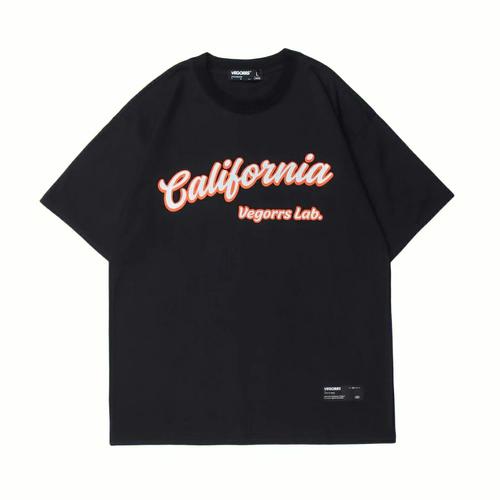The moisture-proof performance of fabrics can be identified through the following aspects:
1. Fabric fiber type: Some fiber materials themselves have good moisture-proof properties. Examples include wool and silk among natural fibers and polyester and nylon among synthetic fibers. These materials have low hygroscopicity and can effectively prevent moisture from penetrating into the interior of the fabric.
2. Fabric density: The fabric density of the fabric will also affect its moisture-proof performance. Denser fabrics tend to be more difficult for moisture to penetrate and therefore have better moisture-proof effects. Be aware that fabrics that are too tight may reduce breathability.
3. Processing technology: Some fabrics may undergo special processing during the production process, such as waterproof coating or invisible yarn. These treatment techniques can increase the moisture-proof properties of fabrics. You can check the fabric label or ask the sales staff to find out whether the fabric has been specially treated to provide moisture-proof function.
4. Functional fabrics: There are many functional fabrics on the market that are specially used for outdoor sports or outdoor clothing and have excellent moisture-proof properties. For example, GORE-TEX fabric, commonly used in tactical clothing and mountaineering clothing, has excellent breathability and waterproof properties.
When choosing fabrics suitable for moisture-proofing, you can refer to the above points and select fiber types and processing technologies according to specific needs. In addition, understanding the waterproof level, water pressure resistance and other indicators of the product are also important basis for evaluating the moisture-proof performance. Pay attention to the description of the fabric when purchasing, and consult a professional or salesperson for more detailed advice.






